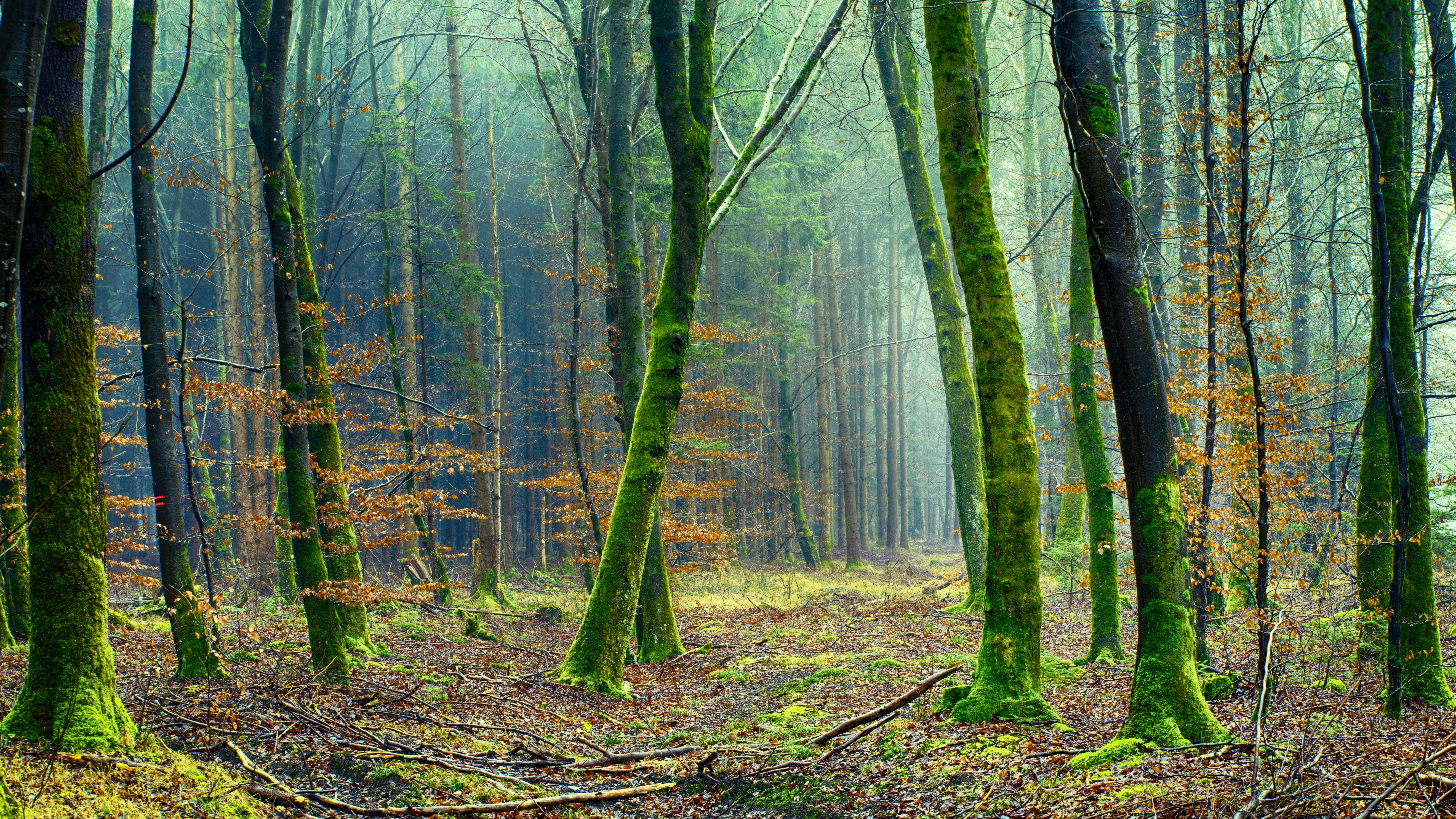
newLEAF
newLEAF is a 3 year project that will look at how quickly trees can adapt to change in the wild and whether human intervention is needed to protect their future
Context
Our woodlands, forests and trees are critical for our environment, health, well-being and ability to move to a zero-carbon society. We may see woodlands and forests as fixed, but in truth, they are amazingly dynamic and can shift within human lifespans. Trees are an adaptable lifeform, evolved to balance the cost of being long-lived and sedentary with a very effective dispersal capability (pollen, seed) and high levels of genetic variation; they are naturally resilient.It is often only human activity that prevents populations from changing and adapting. For example, uncontrolled grazing removes tree seedlings and saplings and can stop regeneration from occurring. This means there is little opportunity for new genetic diversity to enter a population and allow it to adapt. Moreover, due to increasing risks from climate change, pests and disease, the future is uncertain for our treescapes. The question of whether or not our tree populations can adapt quickly enough by themselves to cope, or might need human assistance to migrate, is hotly debated and is critical to determining their resilience.This is a central question for newLEAF; and if trees cannot adapt fast enough what can humans do to help? newLEAF seeks to answer these by exploring how our treescapes have adapted in the past, and what this can tell us about their future.
Aims and Objectives
newLEAF is a 3 year project that will look at how quickly trees can adapt to change in the wild and whether human intervention is needed to protect their future. It aims to produce new research, guidance and policy recommendations that will improve the resilience of treescapes.
Researchers will look at the last 100 years of treescape history in the UK and combine data on changing tree populations with historical policy information. They will measure how much tree species have already adapted, in real populations, and how much they could change, by looking at experimental planting. They will build computer models to test strategies and tools to help minimise risk from pests and disease, especially related to those with planned increases in tree numbers in the landscape. All this will help us understand the link between policy choices and the outcomes for treescape resilience.The project will also be working with arts researchers to understand how artists view uncertainty, dynamism and change in creating their work, and will aim to engage people with these themes through the creation of a new artistic work.
Dr Julia M. Touza (Dept of Environment & Geography)
Project Lead
Dr Stephen Cavers, UK Centre for Ecology and Hydrology
Natural Environment Research Council
UKCEH
Forest Research
James Hutton Institute
Universities of York, Strathclyde
Stirling and Glasgow
Robert Gordon University